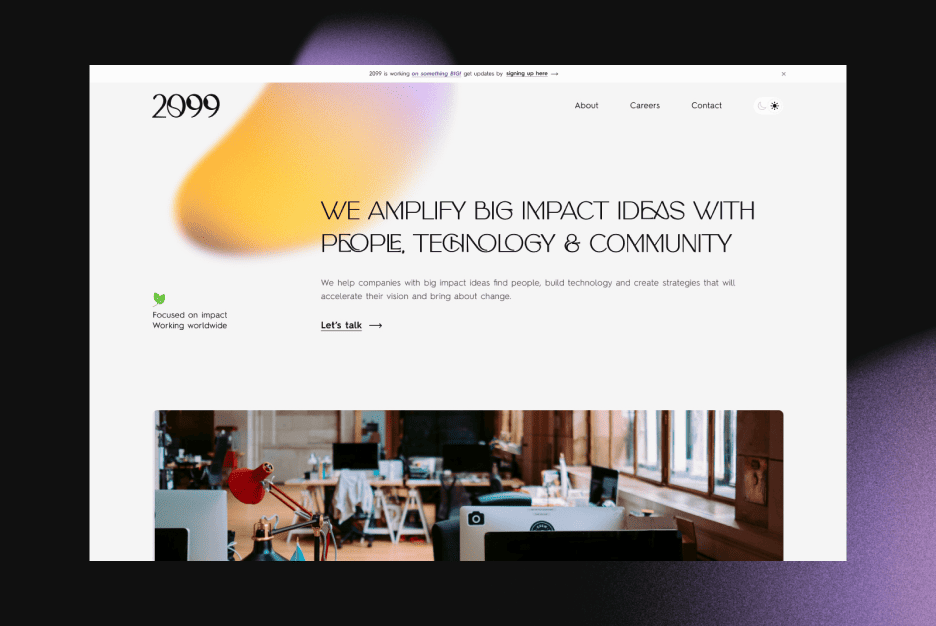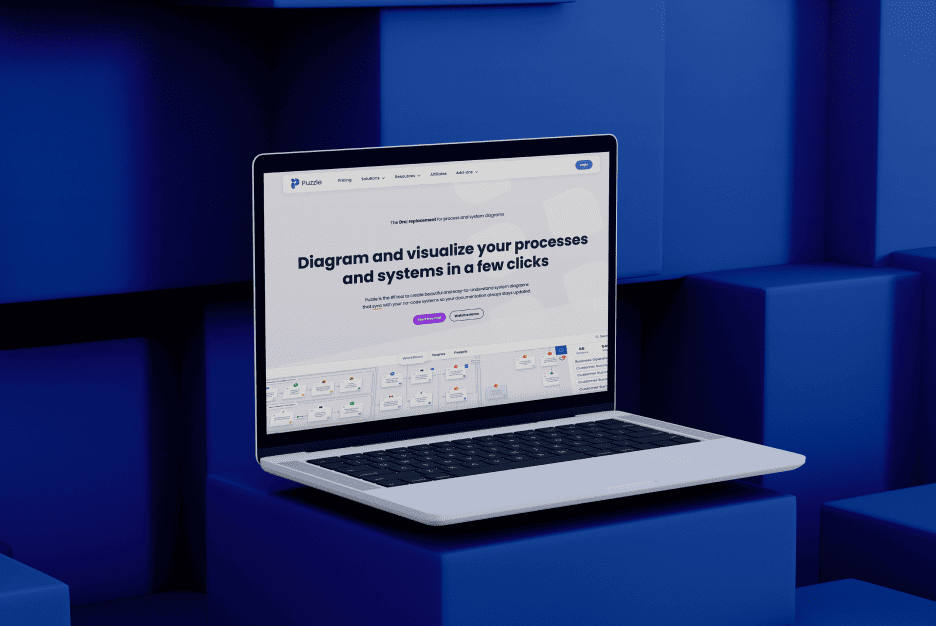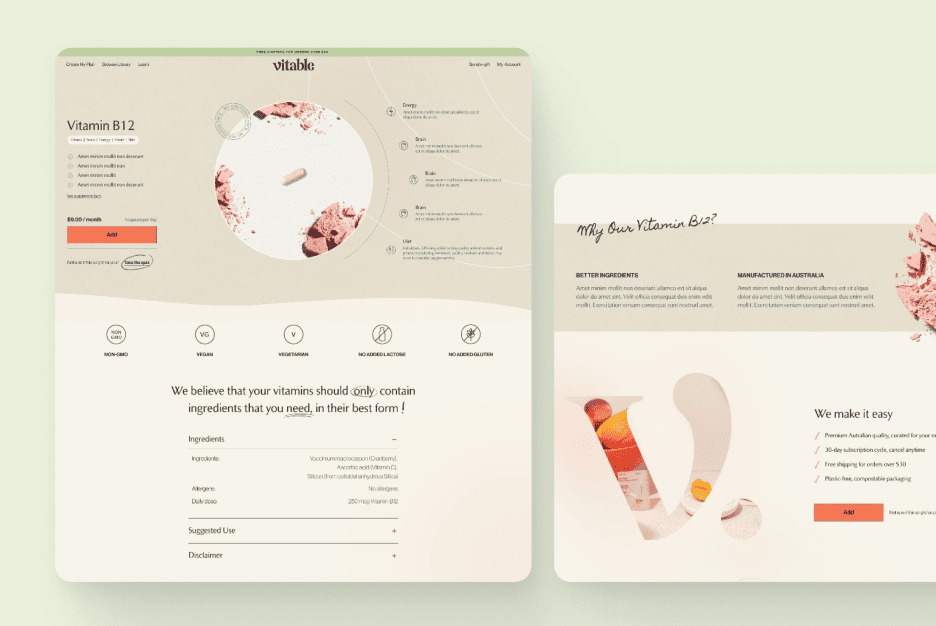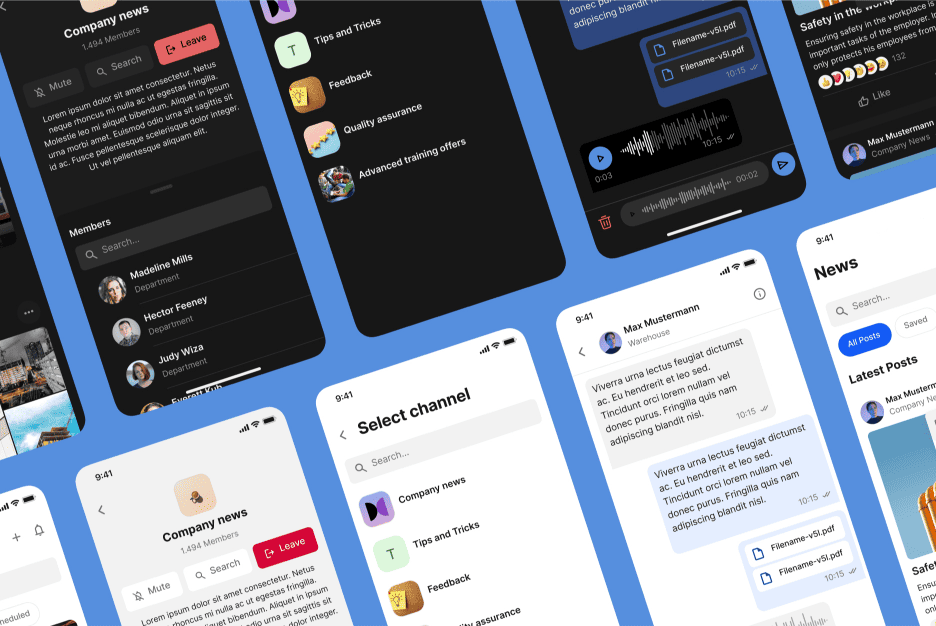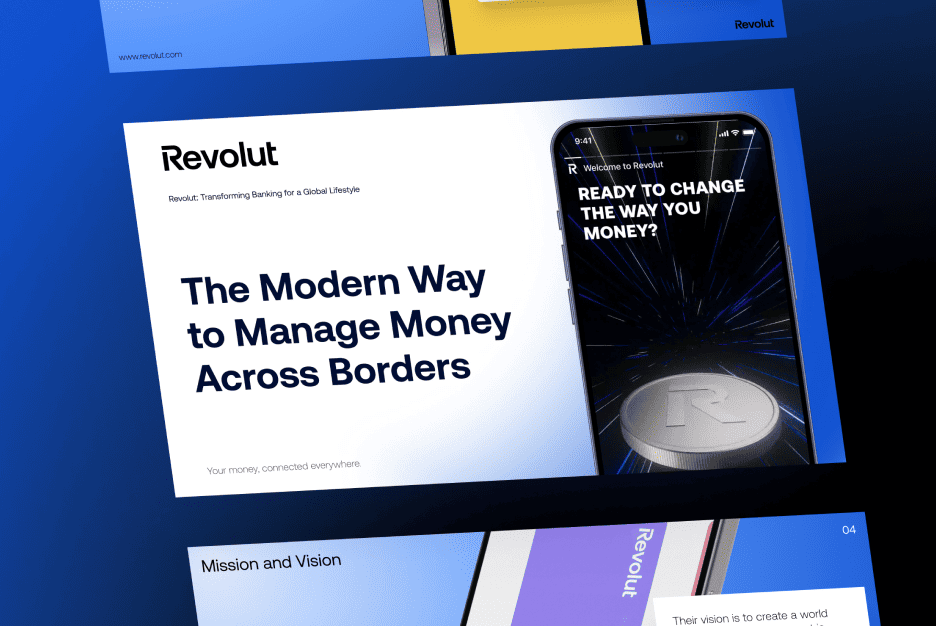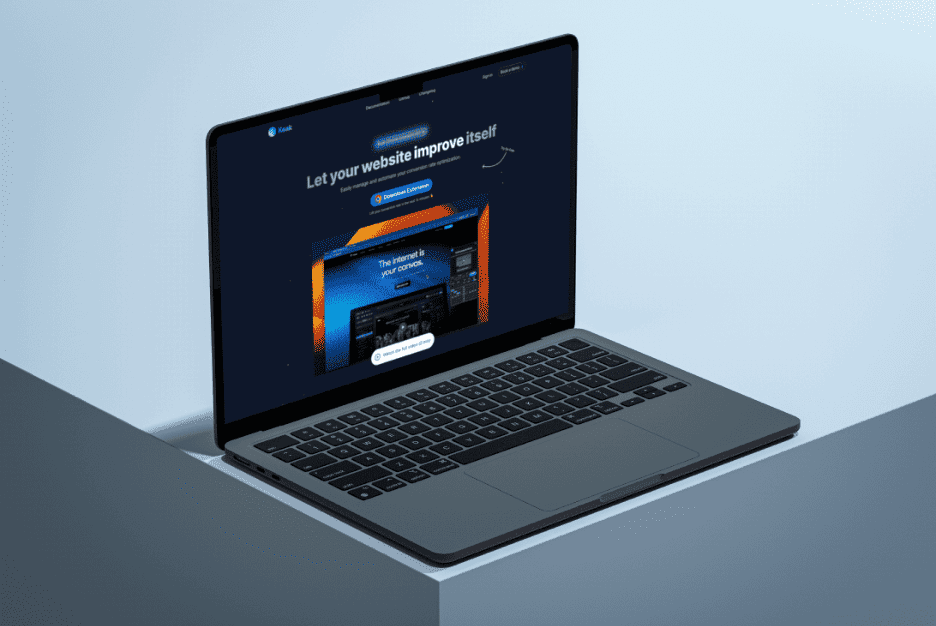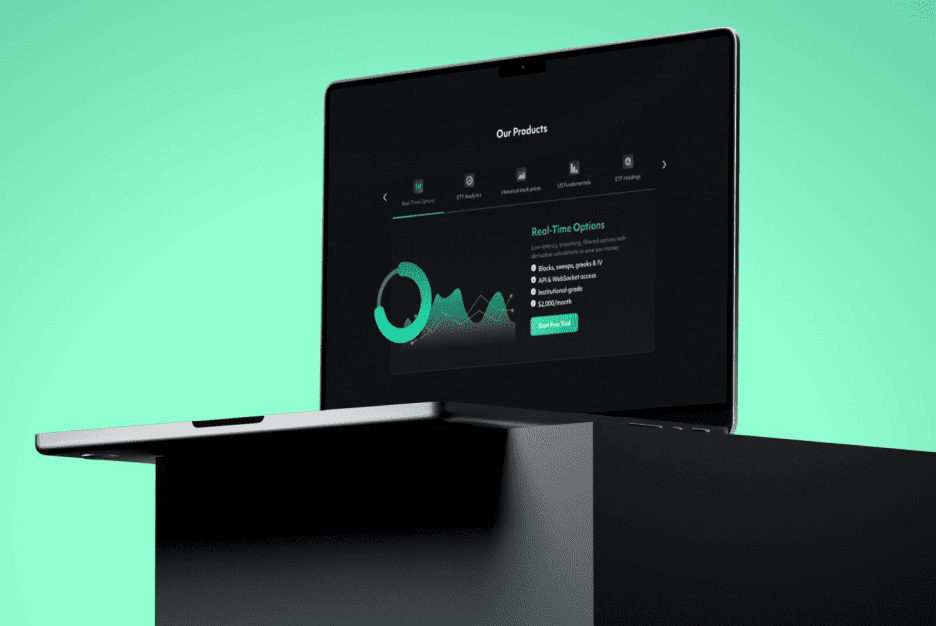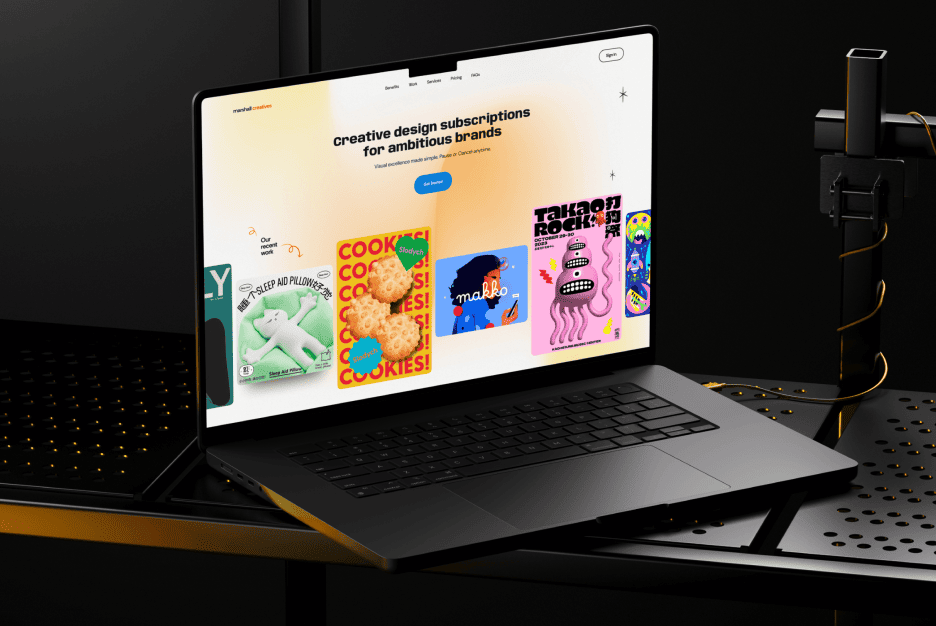Introduction: Code Alone Doesn’t Create Great Experiences
A well-built website is not just lines of code. It’s a strategic, user-centric experience that seamlessly blends functionality, aesthetics, and psychology. Yet, many businesses make the costly mistake of skipping professional design, thinking a developer alone can handle it all.
This assumption often leads to a site that technically “works” but fails in user engagement, conversion, and brand perception.
A website is your brand’s digital storefront—users decide in seconds whether they trust it or not. And trust comes from strong UX and UI design, not just well-written code.
Let’s break down why leaving design out of the equation is a mistake that can cost you customers, credibility, and conversions.
Developers Build Functionality, Designers Build Experiences
A website without professional design is like a car without a steering wheel—it may run, but users will struggle to navigate.
The Core Difference Between Designers and Developers:
- Developers write the code that powers the website—focusing on structure, speed, and functionality.
- Designers craft the user experience (UX)—ensuring clarity, intuitive navigation, and visual appeal.
Without a strategic UX/UI foundation, even the best-coded website can feel confusing, frustrating, or outdated.

Example: A developer may create a form that functions correctly, but a designer ensures it’s visually compelling, easy to complete, and psychologically optimized to increase conversions.
🔗 Related Reading: Why Every Design Launch Needs a Detailed UX Plan and Nielsen Norman articles
Aesthetics and Branding Matter More Than You Think
Your website isn’t just a tool—it’s your brand identity in action. Users don’t just look for functionality; they look for trust signals that only a well-designed interface can provide.
What Happens When There’s No Designer?
- Inconsistent branding: Fonts, colors, and layouts feel mismatched.
- Poor first impressions: 75% of people judge a brand’s credibility based on website design.
- Lower engagement: Users don’t feel an emotional connection to the interface.
A developer might use default UI elements, but a designer will tailor the experience to your audience and brand personality.
Example: Airbnb didn’t just need a functional platform—it needed a warm, inviting design that made users trust staying in a stranger’s home. That’s design psychology at work.
🔗 Learn more: The Power of Color Palette in Web Design and The Rise of Gradients in Web Design: From Minimal Elegance to Bold Statements
Usability Issues Kill Conversions and Retention
A poorly designed website might still “work,” but how well does it work for the user?
Signs of Bad UX Without a Designer:
- Confusing navigation
- Unclear call-to-action (CTA) placement
- Overloaded layouts that feel chaotic
- Non-intuitive mobile experience
Even a technically sound website won’t convert users if they don’t enjoy using it. Designers anticipate user frustration before it happens and create solutions that increase usability, accessibility, and engagement.
Example: Amazon invests heavily in UX research because every extra click reduces conversion rates. A developer may code a checkout system, but a designer ensures it’s streamlined and psychologically optimized for purchases.
🔗 Explore more: The Designer’s Guide to Smart UX Testing: When Minimal Changes Make Maximum Impact

Accessibility Isn’t Optional
In 2024, digital accessibility is mandatory, not a luxury.
Without proper design considerations, your site may alienate users with:
- Vision impairments
- Motor disabilities
- Cognitive differences
Developers might not automatically consider color contrast ratios, text readability, or keyboard navigation, but designers prioritize inclusivity from the start.
Example: Apple’s design philosophy revolves around universal usability, ensuring that every iPhone or website is accessible to all users, regardless of ability.
🔗 Useful Tool: Check your website’s accessibility score with WebAIM 🔗 Explore more: 5 Secrets to Maximize Value When Launching a Design Project
Mobile-First Design Requires Strategy, Not Just Code
More than 60% of web traffic now comes from mobile devices. If your website isn’t designed mobile-first, you’re losing customers.
Common issues when there’s no designer:
- Text that’s too small to read
- Buttons that are too close together
- Images that break responsiveness
- Layouts that don’t adapt properly
Developers write responsive code, but designers optimize layouts to ensure seamless usability across devices.
Example: Google prioritizes mobile-friendly websites in SEO rankings—if your site isn’t designed for mobile, it won’t rank well.
🔗 Learn how we optimize: Why UX Matters for SEO

The Psychology of Design Influences Decisions
Good design isn’t just about looks—it’s about behavioral psychology.
Designers use:
- Visual hierarchy to guide attention
- Color psychology to influence perception
- Whitespace balance to create breathing room
- Gestalt principles to enhance readability
Developers can build a site, but without these psychological principles, it won’t persuade users to take action.
Example: Netflix uses dark mode, high contrast, and recommendation thumbnails to reduce cognitive load and increase engagement.
🔗 Check out: 10 Behavior Patterns for UX Design and Acing UX Interviews with Behavioral Design Pattern Insights
SEO Is Heavily Influenced by Design
Many businesses don’t realize that SEO isn’t just about keywords—it’s about how well your site is structured visually and technically.
Bad design kills SEO:
- Slow page speed due to unoptimized assets
- Bad readability increases bounce rates
- Non-mobile-friendly layouts lower rankings
A developer can optimize for speed, but a designer ensures the layout is scannable, structured, and engaging—all of which impact SEO directly.
🔗 Use Google PageSpeed Insights to check your site’s speed and design impact.
Conclusion: Designers and Developers Should Work Together, Not Replace Each Other
A website isn’t just about functionality—it’s about experience, psychology, and branding. While developers make the site work, designers make it usable, accessible, and beautiful.
Skipping professional design leads to:
❌ Poor user retention
❌ Lower conversion rates
❌ Weaker brand trust
At Almax Agency, we specialize in seamless web design and development collaboration, ensuring your site isn’t just functional, but irresistible. Ready to invest in a site that actually converts? Let’s Talk. See our case studies on** Behance for real-world success stories.
